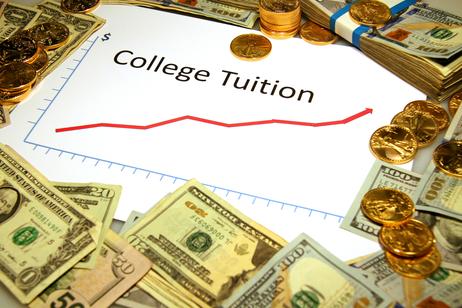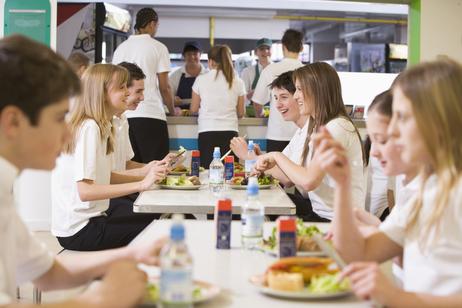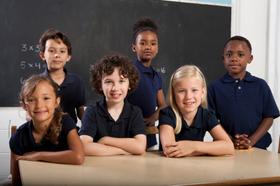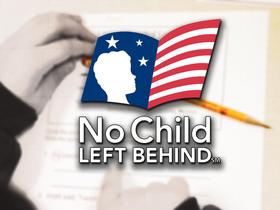The results of a new study show that private school education may be no better than public school education. Keep reading to learn more about this study and to learn how to make the right choice between private and public school education for your child.
The world of education is ever-changing but opinions about private versus public school will always be at odds. It is a common assumption that private school education is of a higher quality than public school education, but the results of a new study suggest that this may not be the case.
After reviewing data from over 1,000 students, researchers from the University of Virginia found no evidence to suggest that students from low-income families and children enrolled in urban schools benefited more from private than from public school education. These results are particularly relevant as legislators fight to move toward a more privatized public education system. They also make it clear that the assumption that public schools are inferior to private schools is wrong.
The fact of the matter is that some schools are simply better than others, but the results of this new study suggest that the factors once thought to play the largest role in determining the quality of public versus private education may not be so important. In order to better understand the results of this study, let’s first take a closer look at some of the supposed benefits of private versus public school.
This video compares and contrasts public





















